1. The 1973 Wounded Knee Occupation
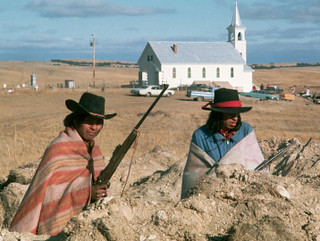
In 1973, about 200 members of the American Indian Movement (AIM) took over the town of Wounded Knee, South Dakota, to protest the U.S. government’s treatment of Native Americans. The site was symbolic, as it was the location of the 1890 Wounded Knee Massacre. Protesters demanded the U.S. honor its treaties with Native tribes and remove corrupt leaders from the Bureau of Indian Affairs. Federal authorities responded with a 71-day standoff, cutting off power and food supplies to the activists says NPR.
During the occupation, there were frequent exchanges of gunfire between AIM members and federal agents, leaving at least two activists dead. The standoff eventually ended in May when AIM leaders agreed to disarm, but their demands were largely ignored. The event brought national attention to Native American rights and inspired future activism. Yet, despite its significance, this chapter of history is rarely discussed in schools.
2. The 1971 Women’s Strike for Equality
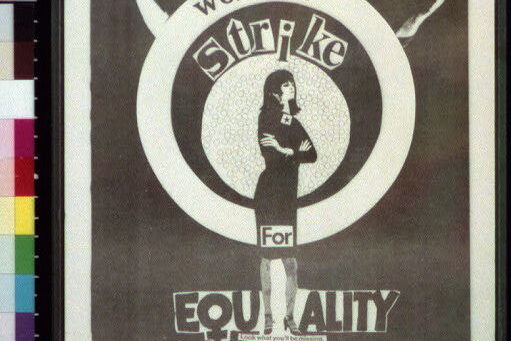
On August 26, 1971, thousands of women across the U.S. walked off their jobs and out of their homes to protest gender inequality. This was the 50th anniversary of the 19th Amendment, which granted women the right to vote, yet many still faced workplace discrimination, unequal pay, and limited opportunities. The National Organization for Women (NOW) organized the strike, calling for free childcare, equal pay, and job opportunities shares Time Magazine.
While the event drew tens of thousands of participants, media coverage at the time was often dismissive, portraying the movement as radical. The strike did, however, succeed in pushing women’s rights further into the national conversation. It also laid the groundwork for future legal changes, including Title IX and laws banning gender discrimination in employment. Despite its importance, it’s often overlooked in history classes.
3. The 1977 New York City Blackout
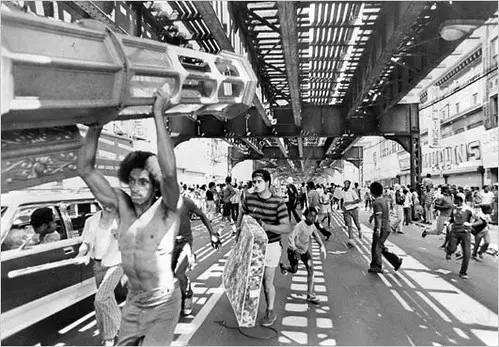
On July 13, 1977, a massive blackout plunged New York City into darkness for over 25 hours. Unlike previous blackouts, this one led to widespread looting, arson, and chaos. The city was already struggling with economic hardship, high crime rates, and growing frustrations among its residents. When the power failed due to a lightning strike, people took to the streets, some out of frustration and others to take advantage of the situation adds the New York Times.
More than 1,600 stores were looted, and over 1,000 fires were set across the city. The blackout became a symbol of New York’s struggles in the ’70s, highlighting issues of poverty, race, and crime. While it wasn’t the first or last blackout the city experienced, it was one of the most destructive. Yet, it’s often overshadowed by other events from the decade.
4. The Disappearance of Jimmy Hoffa
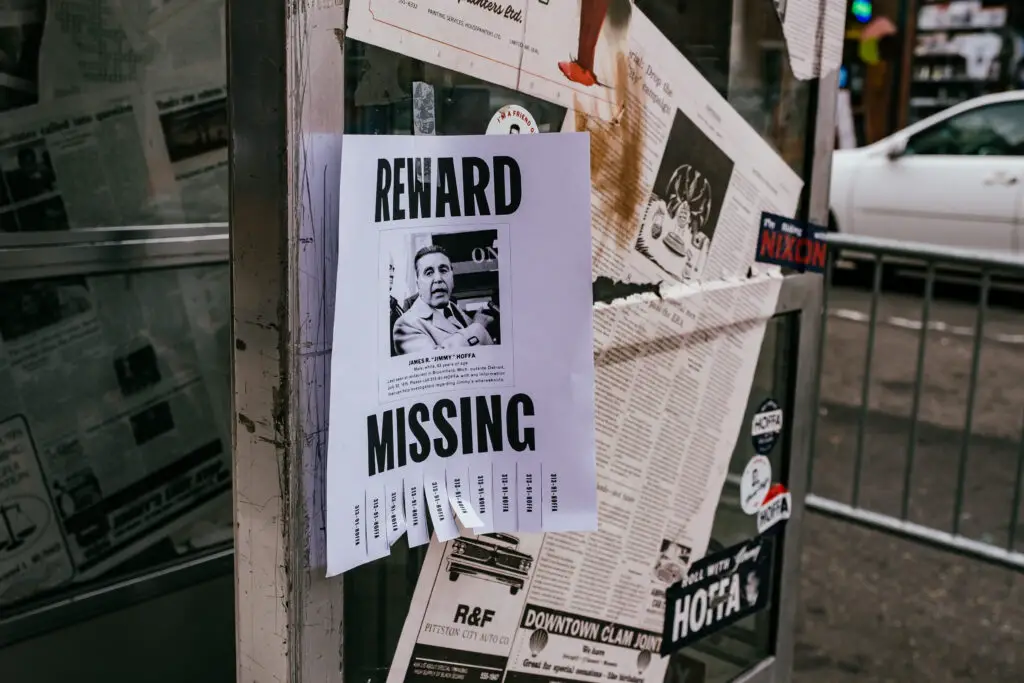
Labor leader Jimmy Hoffa was one of the most powerful figures in the Teamsters union, with deep ties to organized crime. On July 30, 1975, he vanished from a restaurant parking lot in Michigan, and his fate remains a mystery to this day. Hoffa had been trying to regain control of the Teamsters after serving time in prison for jury tampering and fraud. His disappearance sparked one of the biggest FBI investigations of the decade.
Many theories exist about what happened, from mafia involvement to secret government deals, but no solid evidence has ever surfaced. His body was never found, and he was declared legally dead in 1982. Despite being one of the most famous missing persons cases in U.S. history, Hoffa’s story is rarely covered in depth in schools.
5. The 1978 Love Canal Environmental Crisis
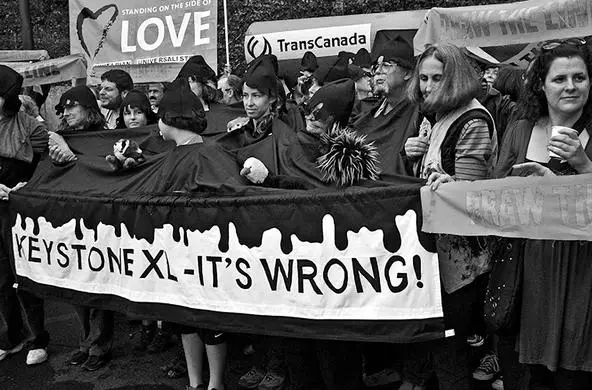
Love Canal, a neighborhood in Niagara Falls, New York, became the center of one of the worst environmental disasters in U.S. history. In the ’40s and ’50s, a chemical company dumped thousands of tons of toxic waste into the area. By the late ’70s, residents started noticing alarming health issues, including birth defects and high cancer rates.
After pressure from activists, including local mother Lois Gibbs, the federal government finally stepped in. President Carter declared a state of emergency in 1978, and hundreds of families were relocated. The disaster led to the creation of the Superfund program to clean up toxic sites nationwide. Yet, many people today have never even heard of Love Canal.
6. The 1975 Fall of Saigon
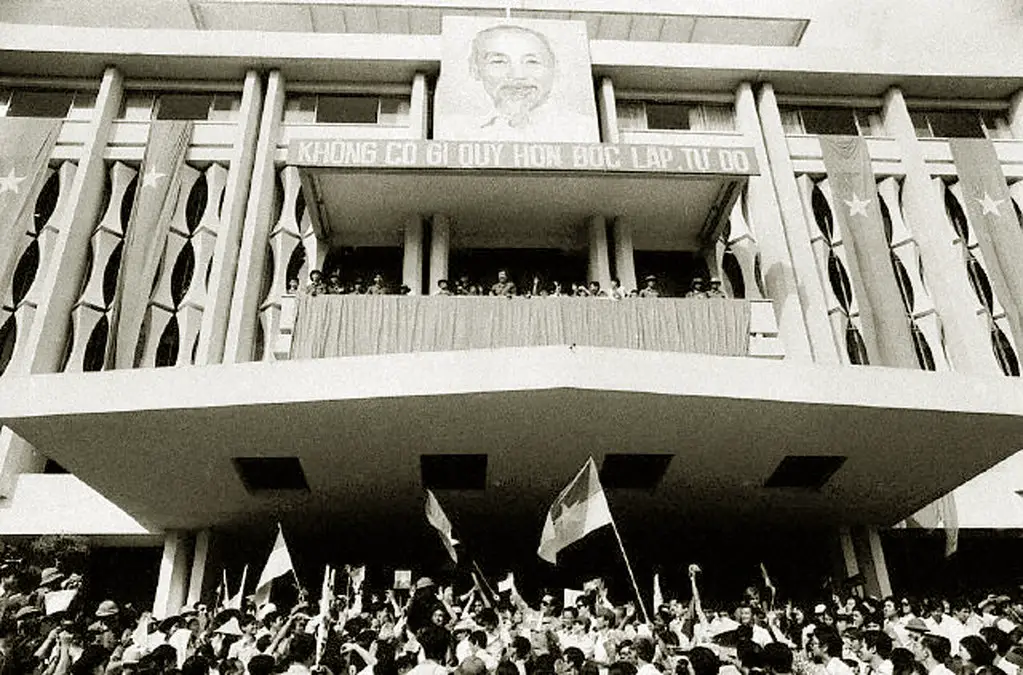
On April 30, 1975, the Vietnam War officially ended when North Vietnamese forces captured Saigon, the capital of South Vietnam. U.S. military personnel and thousands of South Vietnamese civilians desperately tried to evacuate, leading to chaotic scenes at the U.S. embassy. Images of helicopters leaving rooftops and people clinging to aircraft became symbols of the war’s conclusion.
The fall of Saigon marked a major turning point in global politics, showing the limits of U.S. military power. While the Vietnam War is taught in schools, the specific details of this event, and the stories of the many South Vietnamese left behind, are often glossed over.
7. The 1976 Swine Flu Scare
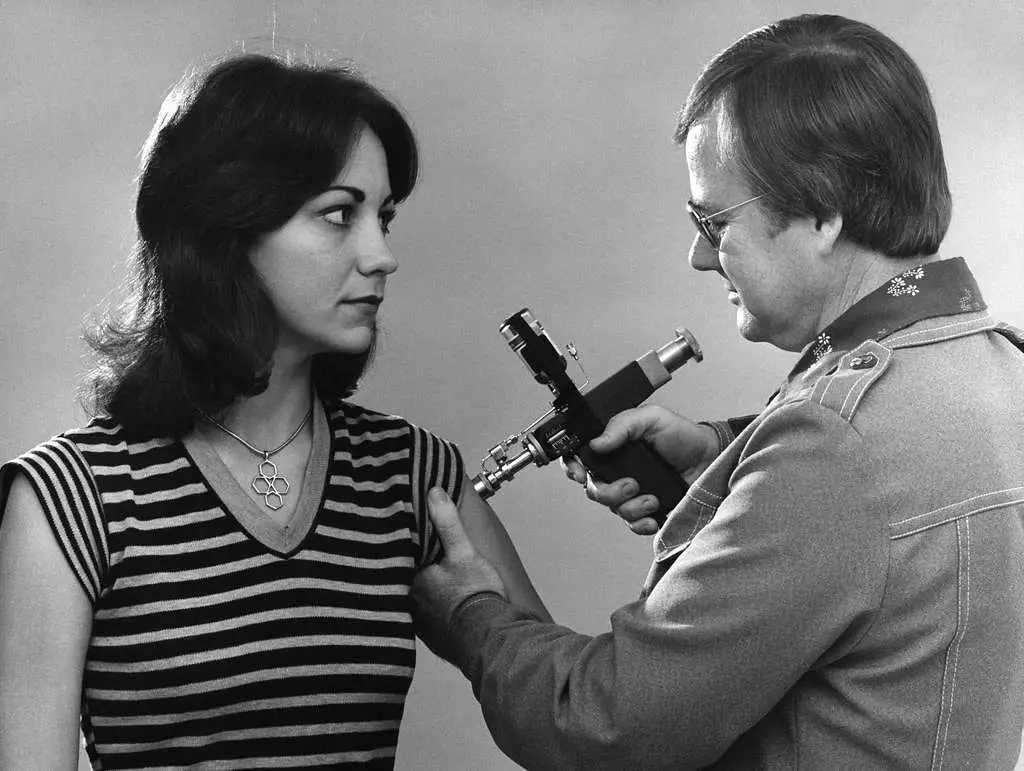
In 1976, U.S. health officials feared a major flu pandemic similar to the 1918 Spanish Flu. After one soldier at Fort Dix, New Jersey, died from a swine flu strain, the government rushed to vaccinate millions of Americans. President Gerald Ford even went on TV urging people to get vaccinated.
However, the outbreak never materialized, and the rushed vaccine led to some cases of Guillain-Barré syndrome, a rare but serious neurological disorder. The government ended the program amid public backlash, and the event became an example of how mass vaccination efforts can go wrong. Despite its relevance today, it’s not widely discussed in history classes.
8. The 1972 Andes Flight Disaster

In October 1972, a Uruguayan rugby team’s plane crashed in the Andes Mountains, leaving survivors stranded for 72 days. Freezing temperatures, avalanches, and a lack of food forced them to take extreme measures, including resorting to cannibalism. Eventually, two survivors hiked for 10 days to find help, leading to their dramatic rescue.
This incredible survival story was later adapted into the movie Alive, but the real-life event is often overlooked in history lessons. It raises important discussions about human resilience, ethics, and survival in extreme conditions.
9. The 1974 Super Outbreak of Tornadoes
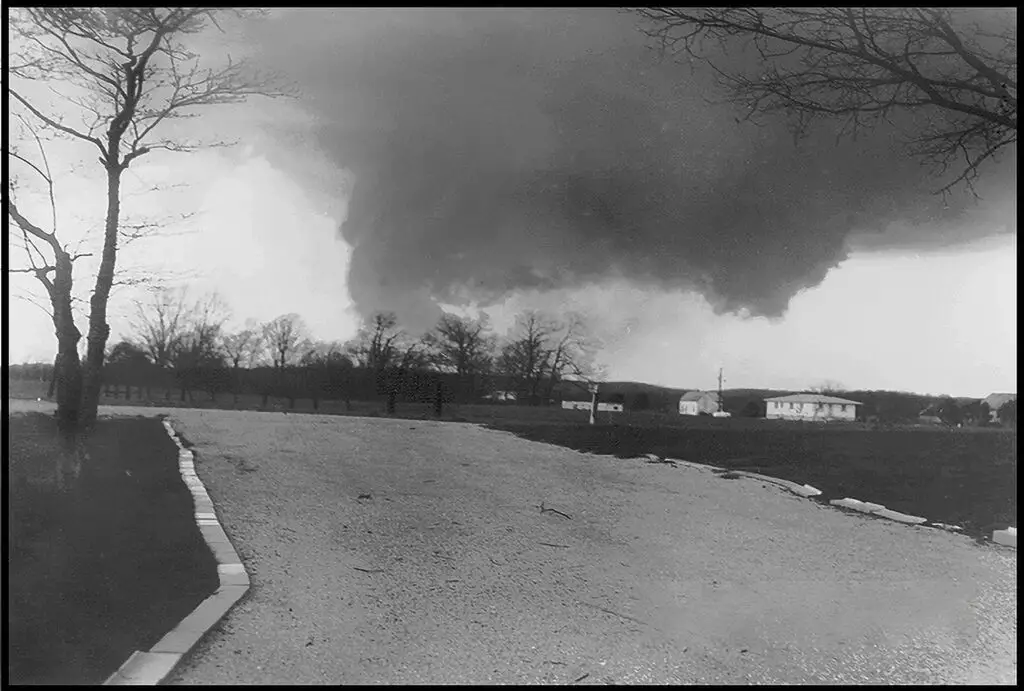
In April 1974, the U.S. experienced one of the worst tornado outbreaks in history, with 148 tornadoes touching down across 13 states. Some towns were completely destroyed, and over 300 people lost their lives. It was one of the first times meteorologists were able to study a large-scale tornado outbreak in real-time.
This event changed the way tornado warnings were issued and helped improve disaster preparedness. Yet, despite its impact, it’s rarely mentioned in school history books.
10. The 1978 Jonestown Massacre
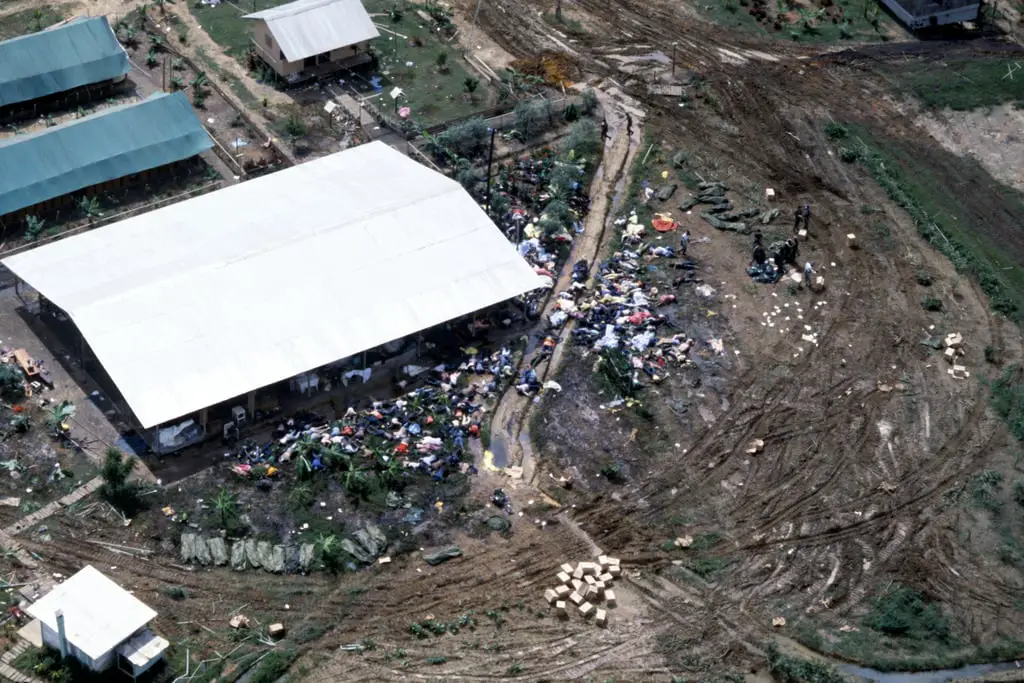
More than 900 people died in a mass suicide-murder at Jonestown, a cult settlement in Guyana led by Jim Jones. Followers were forced to drink poisoned punch, while others were shot trying to escape. It remains one of the largest mass deaths in modern history.
The event shocked the world and led to deeper investigations into cult behavior and manipulation. While it’s sometimes mentioned in psychology classes, it’s rarely explored in-depth in history lessons.
11. The 1973 Oil Crisis
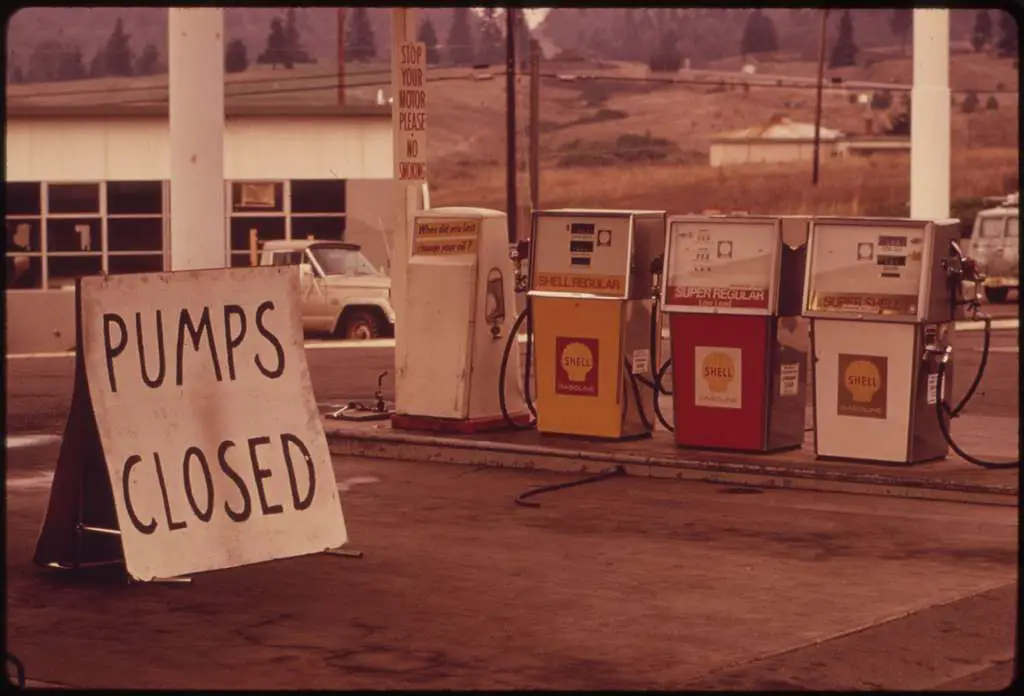
In 1973, OPEC cut off oil exports to the U.S. in response to American support for Israel during the Yom Kippur War. Gas prices skyrocketed, and long lines formed at gas stations. The crisis led to widespread economic problems and showed how vulnerable the U.S. was to foreign oil dependence.
It also sparked interest in fuel efficiency and alternative energy, yet it’s often just a footnote in history classes.
12. The 1972 Watergate Break-In
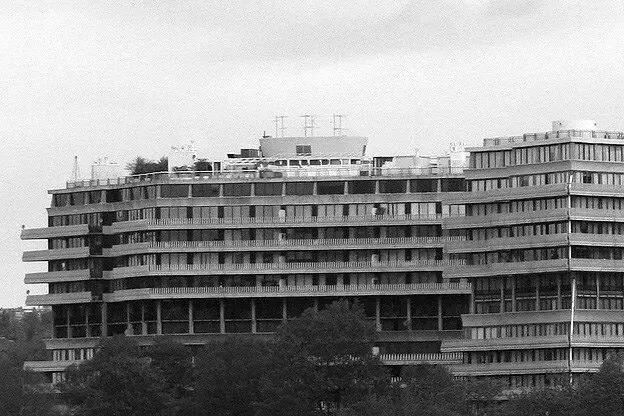
Most people know about Nixon resigning, but the actual Watergate break-in is rarely discussed in detail. On June 17, 1972, five men were caught breaking into the Democratic National Committee headquarters. The break-in itself seemed minor at first, but investigations revealed a massive political scandal.
What followed was a cover-up that led to President Nixon’s resignation in 1974. While Watergate is mentioned in history classes, the details of how it unfolded are often skimmed over.
